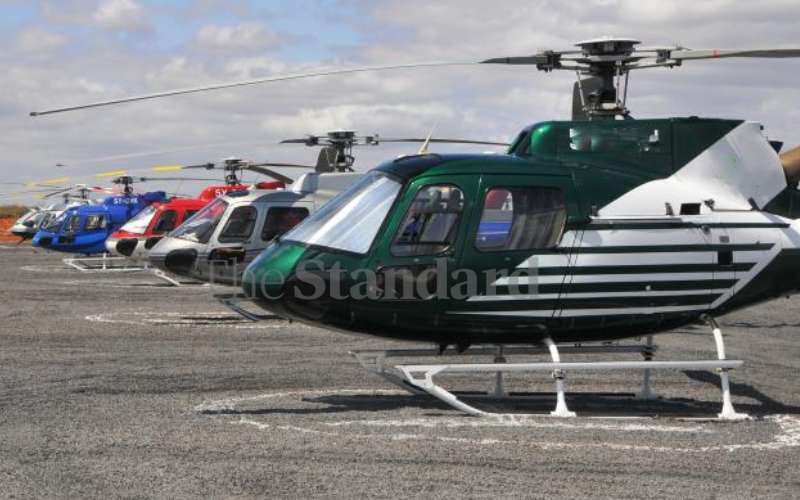×
The Standard e-Paper
Home To Bold Columnists

Choppers, helicopters, or whatever you prefer to call them, are always an exciting phenomenon, despite one's age.
A helicopter is a rotary-wing aircraft that uses rotating blades or rotors to achieve lift and thrust, allowing it to hover, take off, and land vertically making mobility easier than the normal airplane.







